Younger workers are taking over the jobs marketin many cities.
|At least it can seem that way, according to a CareerBuilder study on which cities are gaining— and losing — the most millennials, and which have the mostrapidly aging workforce.
|Young people looking for work in their chosen fields — or,sometimes, for any work at all — are increasingly gravitatingtoward some cities while leaving others behind.
|That could be due to the job market, affordable housing or ahost of other reasons.
|Latest education and training
This young workforce often brings with them the latest in trainingand education, but younger workers may lack basic knowledge inother areas. Employers who are shedding older workers in an effortto save money on salaries and benefits are losing a valuableopportunity to take advantage of older workers' experience.
Related: 10 reasons why an insurance career is great formillennials
|If employers are hanging onto older workers but relegating themto lower-paying jobs and otherwise impeding their efforts to fullyretire, they're only making it harder to build a youngerworkforce.
|That's because workers stuck in lower-paying jobs often fail tomake enough money to set anything aside for retirement — and thusare likely to remain in the workforce as long as they arephysically capable of doing so.
|Employers who offer a retirement plan, even — and perhapsespecially — to younger workers can ensure that when they are readyto leave the workforce, employees will be financially prepared todo so.
|Such an action could also ensure that an influx of suitableyoung candidates will continue to be available as the yearspass.
|“Whether they are motivated by financial reasons or personalchoice, p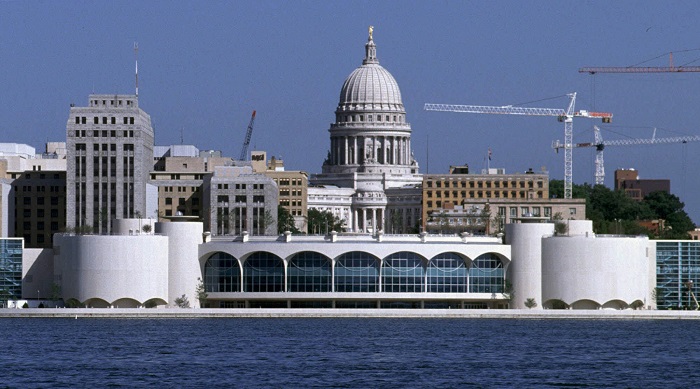 eople are staying in the workforce longer,” MattFerguson, chief executive officer of CareerBuilder, said in astatement.
eople are staying in the workforce longer,” MattFerguson, chief executive officer of CareerBuilder, said in astatement.
Retirements ahead
Ferguson added, “At some point those workers and their intellectualcapital will retire, so a city with a workforce that is aging at afaster rate needs to ensure it is attracting an adequate supply ofnew talent to fill the gap and fuel economic growth. While bigcities have broad appeal, younger generations are also gravitatingtoward second-tier markets with diverse economies, a strongtechnology presence and affordable cost of living.”
And while below we offer the 10 cities where millennials areseeking their fortunes, it’s also interesting to note which citiesare losing millennials at the fastest rate — meaning thatbusinesses might be disadvantaged in the future when they seek toreplace retiring workers and have a smaller pool of candidates todraw on.
|Related: 12 ways to engage millennials in insurance andfinance careers
|Cities experiencing the biggest declines in millennial workerssince 2011 include Tucson, Arizona; San Diego, California; and Toledo, Ohio.
|None of the 10 most populous cities experienced a decline duringthis period.
|And interestingly, while San Diego has a high concentration ofyounger workers, it’s also among the cities that have experiencedthe greatest exodus of millennials from its workforce since 2011 —rather like a revolving door.
|Whether the workers in your city are young, old, or a fortunateblend of the two, here’s a look at the cities whose workforces aregaining the most millennials.
|
10. San Jose—Sunnyvale—Santa Clara, California
Total population in 2016: 2,001,817
Share of workers ages 22-34 in 2016: 27.0percent
|Change in share of 22-34 workers, 2001–2016: 1.4 percent
|Related: Who says insurance is boring? Notmillennials
||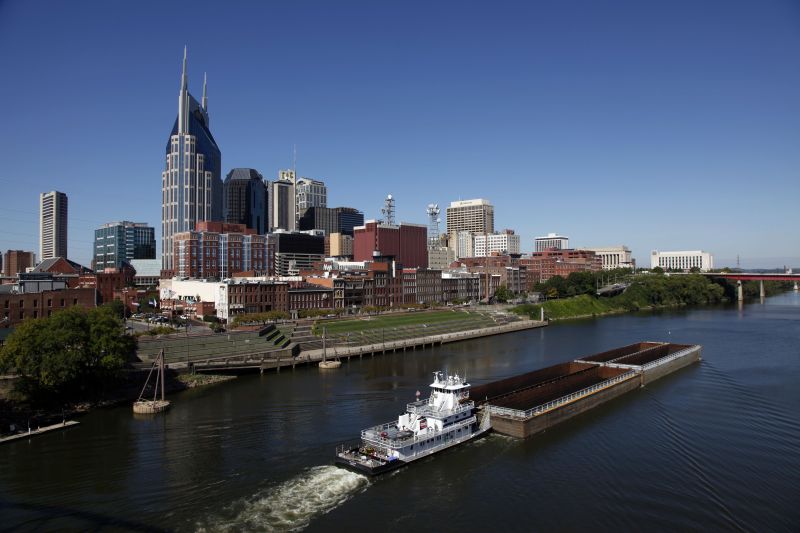
The Cumberland River and downtown Nashville, Tenn. The banksof the river and the bridges over it offer viewpoints for theskyline that inspired Bob Dylan to write a country album. (APPhoto/Mark Humphrey, File)
|9. Nashville—Davidson—Murfreesboro—Franklin, Tennessee
Total population in 2016: 1,858,130
Share of workers ages 22-34 in 2016: 29.9percent
|Change in share of 22-34 workers, 2001–2016: 1.5 percent
|Related: 8 insurance sales tips especially for millennialproducers
|
8. Urban Honolulu,* Hawaii
Total population in 2016: 1,006,973
Share of workers ages 22-34 in 2016: 30.8percent
|Change in share of 22-34 workers, 2001–2016: 1.5 percent
|* The Census Bureau's Honolulu Census Designated Place (CDP)was separated in 2010 into 3 areas: Urban Honolulu CDP, EastHonolulu CDP, and a portion placed in the already existing HickamCDP.
|Related: 4 ways millennial small-business owners are moreprepared for the future
|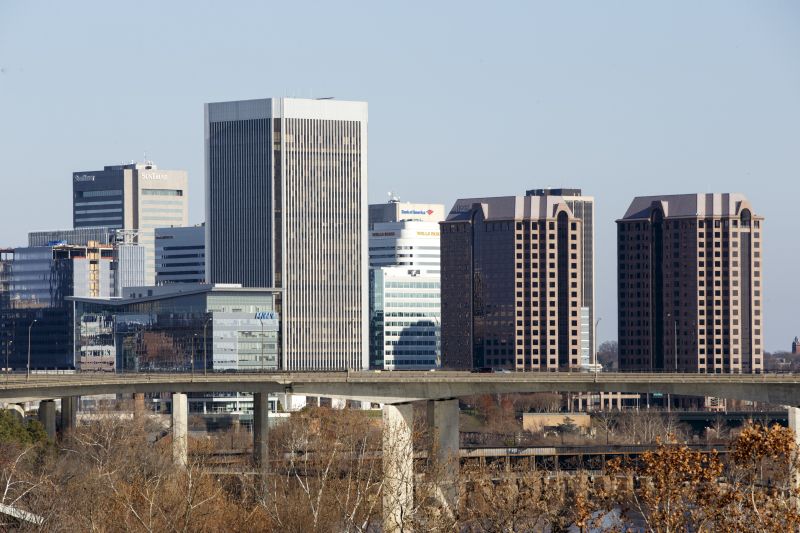
The Richmond, Va., skyline is seen Sunday, Dec. 14, 2014.(AP Photo/J. Scott Applewhite)
|7. Richmond, Virginia
Total population in 2016: 1,283,671
Share of workers ages 22-34 in 2016: 28.3percent
|Change in share of 22-34 workers, 2001–2016: 1.5 percent
|Related: 6 takeaways for marketing insurance tomillennials
|
6. Augusta—Richmond County, Georgia/South Carolina
Total population in 2016: 594,377
Share of workers ages 22-34 in 2016: 30.0percent
|Change in share of 22-34 workers, 2001–2016: 1.6 percent
|Related: Millennial consumers, mobile use and insurancesales
|
Festival goers at Austin City Limits Music Festival atZilker Park on Friday, Oct. 7, 2016, in Austin, Texas. (Photo byAmy Harris/Invision/AP)
|5. Austin—Round Rock, Texas
Total population in 2016: 2,051,270
Share of workers ages 22-34 in 2016: 32.3percent
|Change in share of 22-34 workers, 2001–2016: 1.6 percent
|Related: 7 biggest areas for insurance industry jobgrowth
|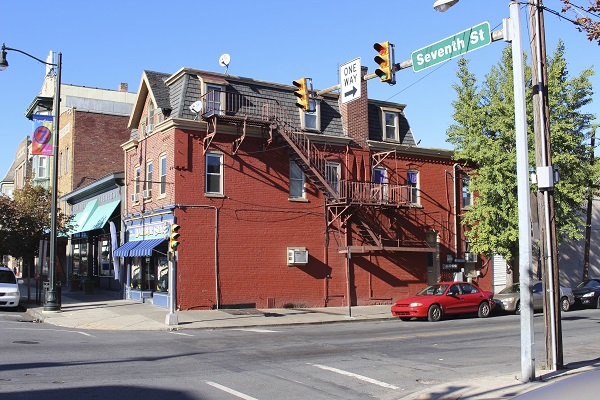
4. Allentown—Bethlehem—Easton, Pennsylvania/New Jersey
Total population in 2016: 835,117
Share of workers ages 22-34 in 2016: 26.2percent
|Change in share of 22-34 workers, 2001–2016: 1.7 percent
|Related: 4 tips to sell renters' insurance tomillennials
|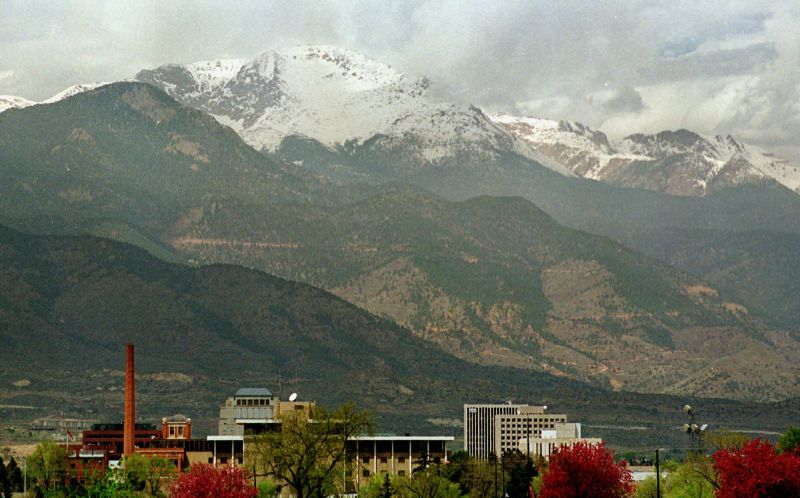
Pike's Peak towers over the skyline of downtown ColoradoSprings, Colo. (AP Photo/David Zalubowski)
|3. Colorado Springs, Colorado
Total population in 2016: 707,073
Share of workers ages 22-34 in 2016: 31.6percent
|Change in share of 22-34 workers, 2001–2016: 2.0 percent
|Related: 5 ways to give millennials a cause (and a company)to believe in
|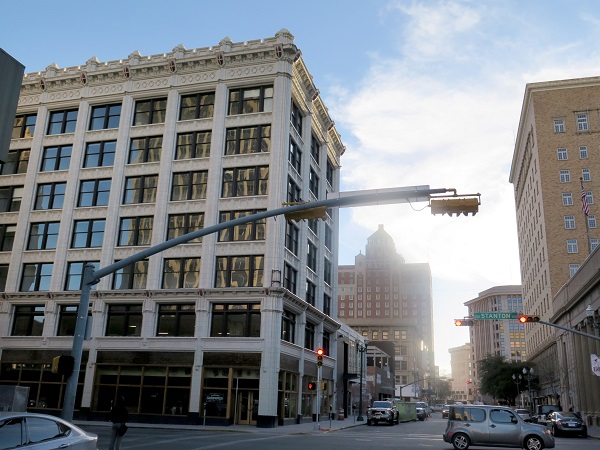
2. El Paso, Texas
Total population in 2016: 847,282
Share of workers ages 22-34 in 2016: 32.3percent
|Change in share of 22-34 workers, 2001–2016: 2.1 percent
|Related: Work culture trumps benefits formillennials
|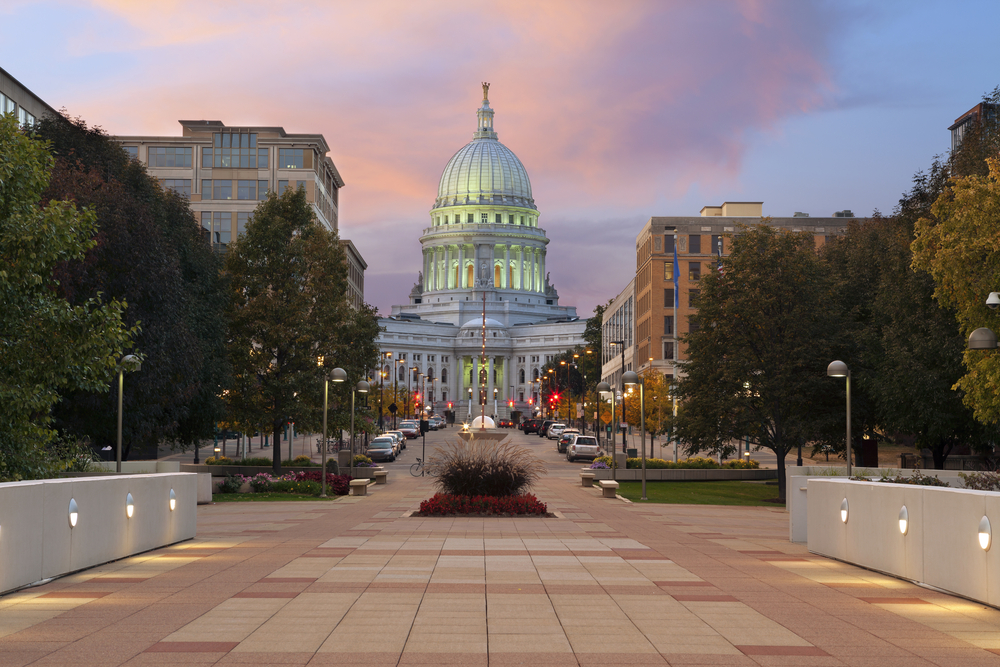
1. Madison, Wisconsin
Total population in 2016: 647,860
Share of workers ages 22-34 in 2016: 30.3percent
|Change in share of 22-34 workers, 2001–2016: 3.1 percent
|While Madison has experienced the greatest increase in the shareof workers ages 22-34 from 2001 to 2016, Provo, Utah has thehighest overall share of millennial workers; 35.4 percent of itsworkforce was aged 22–34 in 2016, roughly the same as in 2001 and2011.
|Other top-ranking cities with the greatest overall share ofmillennial workers include El Paso, Texas (32.3 percent), Austin,Texas (32.3 percent), Salt Lake City, Utah (32.2 percent) and SanDiego, California (31.9 percent).
|Among the 10 most populous cities, San Francisco, California,New York, New York and Atlanta, Georgia saw the biggest increase inmillennials since 2011.
|Related: Attracting bright, young minds to an insurancecareer
|Marlene Y. Satter has covered the financial industry since1997, first for Investment Advisor magazine, then ThinkAdvisor.com and BenefitsPro.com.Email her at [email protected].
Want to continue reading?
Become a Free PropertyCasualty360 Digital Reader
Your access to unlimited PropertyCasualty360 content isn’t changing.
Once you are an ALM digital member, you’ll receive:
- All PropertyCasualty360.com news coverage, best practices, and in-depth analysis.
- Educational webcasts, resources from industry leaders, and informative newsletters.
- Other award-winning websites including BenefitsPRO.com and ThinkAdvisor.com.
Already have an account? Sign In
© 2024 ALM Global, LLC, All Rights Reserved. Request academic re-use from www.copyright.com. All other uses, submit a request to [email protected]. For more information visit Asset & Logo Licensing.








